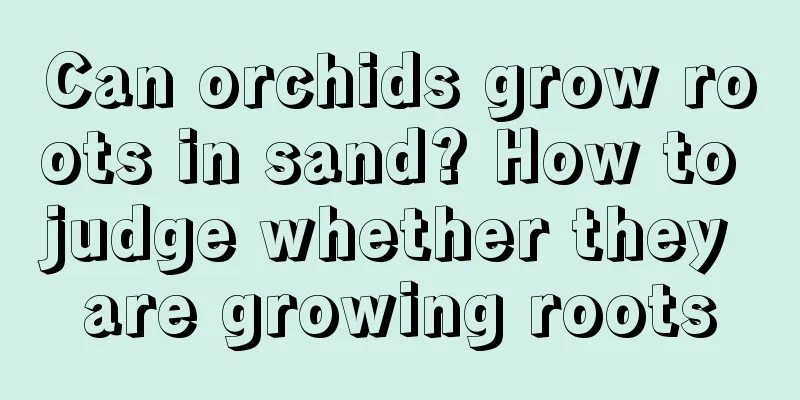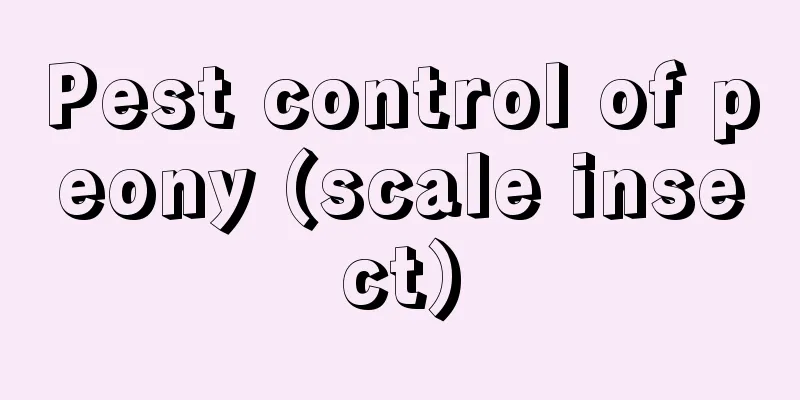Can orchids grow roots in sand? How to judge whether they are growing roots

1. Can sand be used?You can use sand to root. Because sand has good permeability, it is beneficial to the growth of orchid roots. If the temperature and humidity of the maintenance environment are suitable, using sand as a substrate to grow orchids can promote the growth of new buds and new roots, and increase the rooting speed and survival rate of the plants. Another growth characteristic of orchids is that moisture promotes rooting, while dryness promotes budding. This characteristic corresponds exactly to the poor water retention capacity of river sand, so it also promotes the rapid rooting and germination of orchids. In addition, using sand to grow orchids can avoid the situation where water accumulates in the pot due to inadequate control of the amount of watering, which can cause the roots of the plant to rot or die. Because sand has good permeability and poor water retention, it is conducive to water loss and can effectively prevent the death of plants due to excessive watering. Therefore, for novices who are growing orchids, during the root and bud promotion period, they can use pure river sand planting material as the substrate for growing orchids. 2. How to judgeObserve the glossiness of the plant's leaves. If the leaves of the plant are glossy and shiny and growing vigorously without any discoloration, it means that the roots of the orchid are growing normally. You can also observe the growth of new shoots. If the old seedlings grow normally and do not change color, the new buds can develop normally, and the growth rate is fast and obvious, it means that the orchid is growing roots. |
<<: Planting methods and management techniques of greenhouse watermelon
>>: Radish planting technology and management
Recommend
What fertilizer is better for cycads? What fertilizer should be applied to make cycads grow faster and more luxuriantly?
The lifespan of a cycad tree is one or two years,...
Does glass begonia prefer shade or sun?
Does glass begonia prefer shade or sun? Glass Beg...
Is the iron begonia poisonous?
1. Is it toxic? The thorn balsam is poisonous. It...
How to grow Chinese evergreen through leaf cuttings
Whole leaf cuttings Needless to say, the best tim...
Advantages and disadvantages of Pinka climbing rose
Pink climbing rose is a climbing rose and the mos...
What to do if the green apple arrowroot leaves are burnt
1. Spray water to moisturize Reason: The burnt ed...
Is windmill jasmine poisonous?
1. Is it toxic? It is toxic. Because it is a plan...
Water and fertilizer maintenance tips for Molan
How to water Mo Lan likes moisture and fears humi...
How to grow strawberries
1. Choose a pot When planting strawberries, choos...
If your orchids have rotten roots and don't bloom, you must have made these 3 mistakes
Orchid root rot Orchids grown at home are prone t...
Can I grow fragrant wood at home?
Can I grow fragrant wood at home? You can plant f...
What soil is used for plum blossoms
1. What soil to use Plum blossoms grow best in lo...
Ginkgo tree cutting time and method
Ginkgo tree cutting time There are two main types...
How to grow African big leaf banyan
1. Breeding environment 1. Watering: African big-...
What to do if the roots of clematis rot
1. Water appropriately Reason: Many flower lovers...









